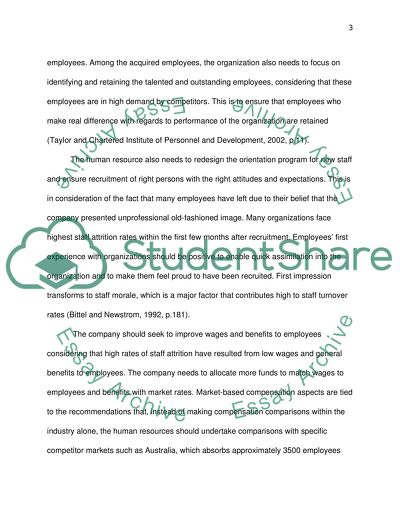Cite this document
(“Human Resource Management in Innovation (New Zealand) Term Paper”, n.d.)
Retrieved from https://studentshare.org/human-resources/1440003-human-resource-management-in-innovation-new-zealand
Retrieved from https://studentshare.org/human-resources/1440003-human-resource-management-in-innovation-new-zealand
(Human Resource Management in Innovation (New Zealand) Term Paper)
https://studentshare.org/human-resources/1440003-human-resource-management-in-innovation-new-zealand.
https://studentshare.org/human-resources/1440003-human-resource-management-in-innovation-new-zealand.
“Human Resource Management in Innovation (New Zealand) Term Paper”, n.d. https://studentshare.org/human-resources/1440003-human-resource-management-in-innovation-new-zealand.


